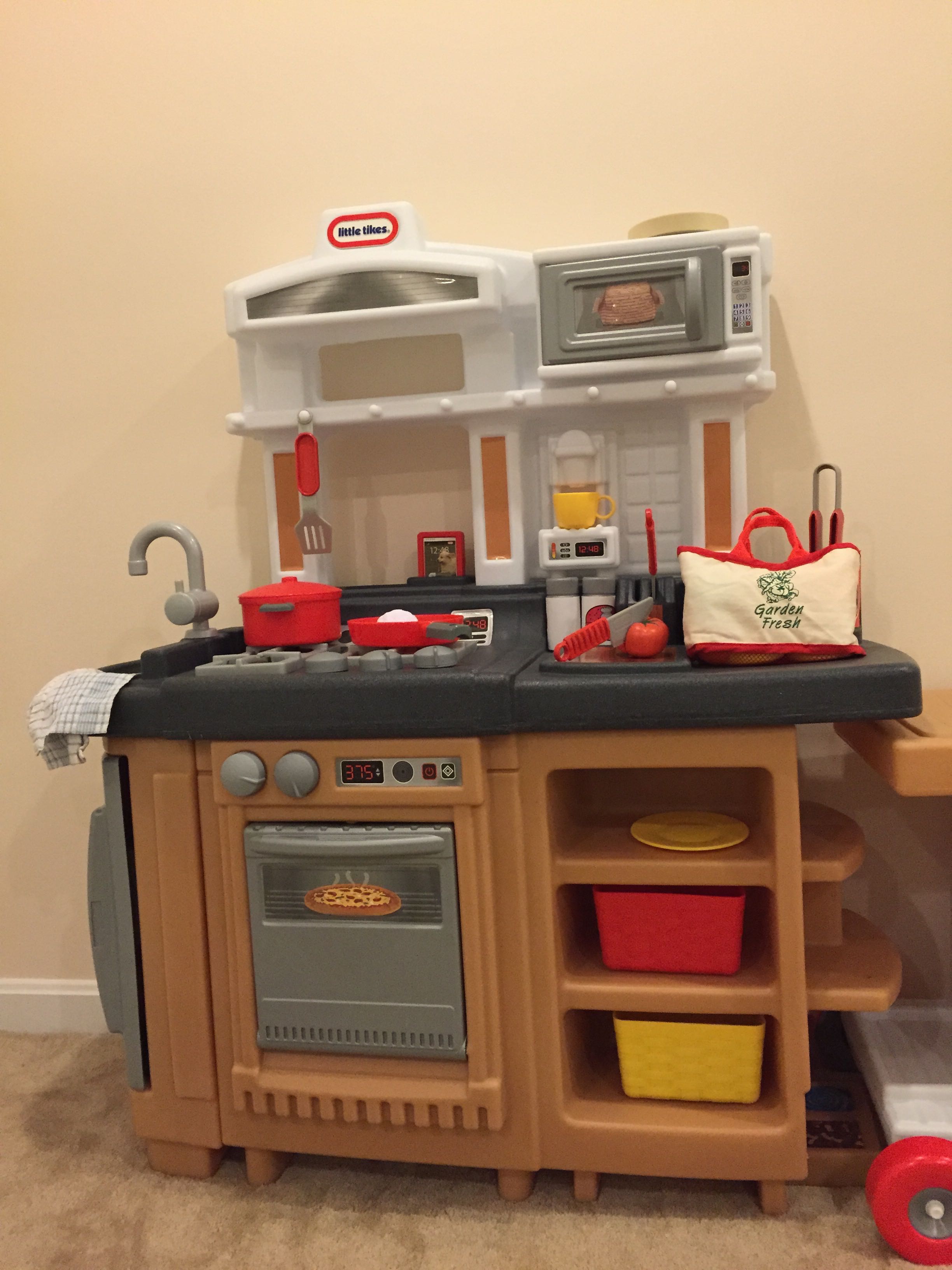Sometimes I overestimate my child’s inherent adventurousness. I forget that just because an experience is similar to one’s Sprout’s had before – and even enjoyed – it can seem radically new to him. That happened recently at the Splash Playground and Adventure Playground at the massive South Germantown Recreation Area. Thankfully, it wasn’t too traumatic for anyone and set the foundation for future summer trips to the pool.
I had heard from a number of parents that both the sprayground (which backs up to mini-golf) and the Adventure Playground were must-sees for families with young kids. As the temperatures were going to be climbing past 90, it seemed like the perfect way to kick off the summer.
The sprayground is a stand-alone facility – no swimming pool – with an array of fountains, waterfalls, squirting animals, and dumping buckets. A spiral of fountains form a labyrinth, which would be perfect for some bathing suit meditation if you weren’t surrounded by screaming children. I enjoyed wandering through the fountains, as well as running under the barrage of water flowing off of a fake cave.
On the other hand, Sprout was much more hesitant. He stood where we put him down, watching the other kids run around him, yelling and splashing. When other children brushed by him, he looked a little startled, but didn’t really react. After about 5 minutes, he finally stuck one hand and then the other in a small shower coming off of the side of the slide next to him. He chilled there for about 10 more minutes, looking at other kids when they blocked his access to the shower, but not complaining. While he considered going down the slide, which was much smaller than his normal playground slides, he never did. Every time he got to the top, he looked at me and said “No” in his little voice, emphasis on the “O.” Finally, the adults (okay, me) got bored and found an excuse to bring him over to a couple of animals that squirted water. He sat on those for a while, not really doing anything but watching. We finally found an activity he seemed to genuinely enjoy with splashing in shallow puddles, followed by snack-time.
The Adventure Playground was a much bigger hit. Themed like a castle and pirate ship, The Playground was two separate multi-story wooden structures surrounded by smaller pieces like swings. It had wobbly bridges, huge slides, and lots of hiding places. It reminded me of the Commons, a massive wooden playground in my hometown that involved a giant community building effort. I spent many fond hours of summer camp scaling those wooden beams.
In contrast to the water area, Sprout headed right in to the Playground. He loved climbing up and down the stairs, many of which were at odd angles or made of unusual materials like rubber. He also enjoyed ducking into the winding paths under the low-headway structures. My dad was with us and it was amusing to watch him fit his six-foot-tall-plus frame underneath to follow.
Watching Sprout’s different reactions to the two places reminded me how similar he can be to my husband Chris. When Chris enters a situation with a lot of people he doesn’t know, like a party, he stands on the edge, listening. While he’s engaged, he’s just absorbing what’s going on, not contributing. Sprout is the same way. Since the day he was born, he was observant, taking in the situation before acting. While he had been to a pool before – even a fancy one with fountains in Disney – it was so long ago he didn’t remember it. That new sensation, combined with the chaos of screaming children, was a lot to process. In contrast, he’s spent hours upon hours at the playground across the street from our house, so he was much more familiar with the basic idea.
While I won’t shy away from exposing Sprout to new experiences or adventures, I will remember to be aware of the time and energy he needs to adjust to new situations. I want to teach him how to try new things but do so on his own terms.




